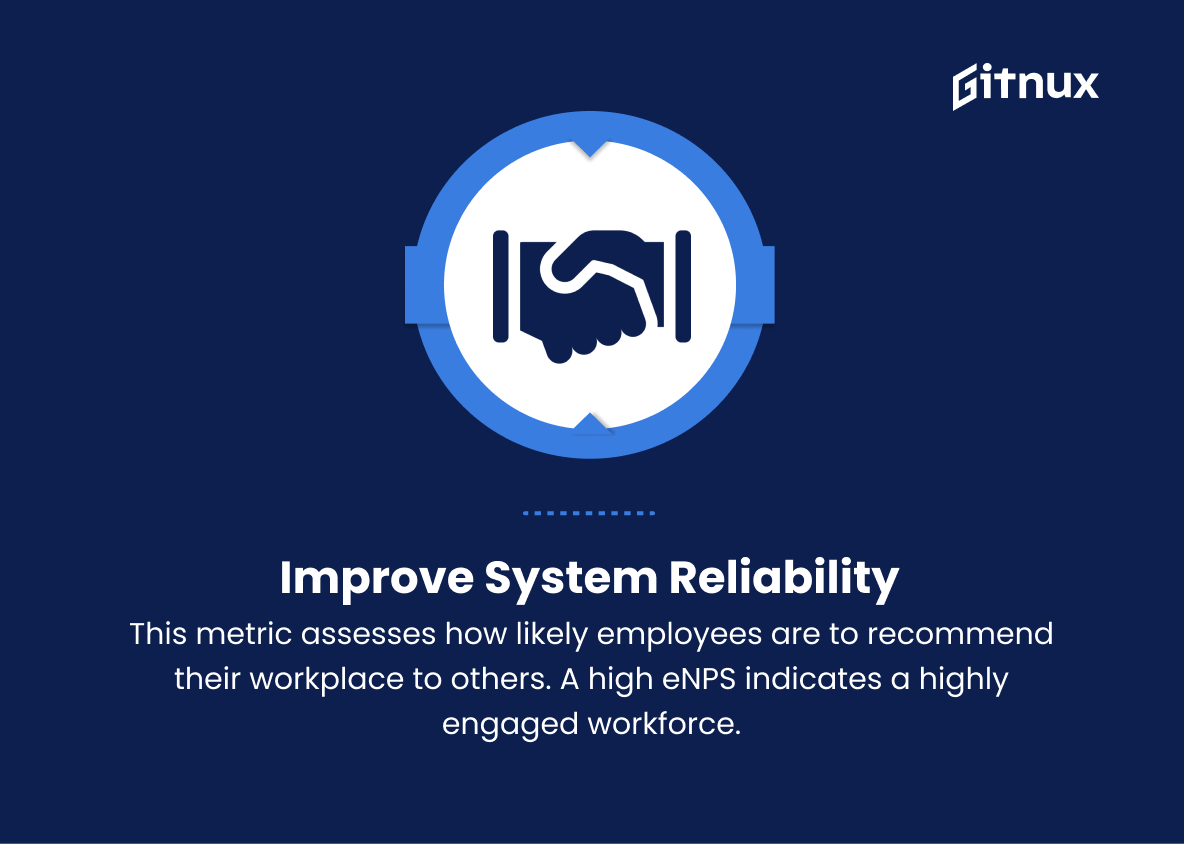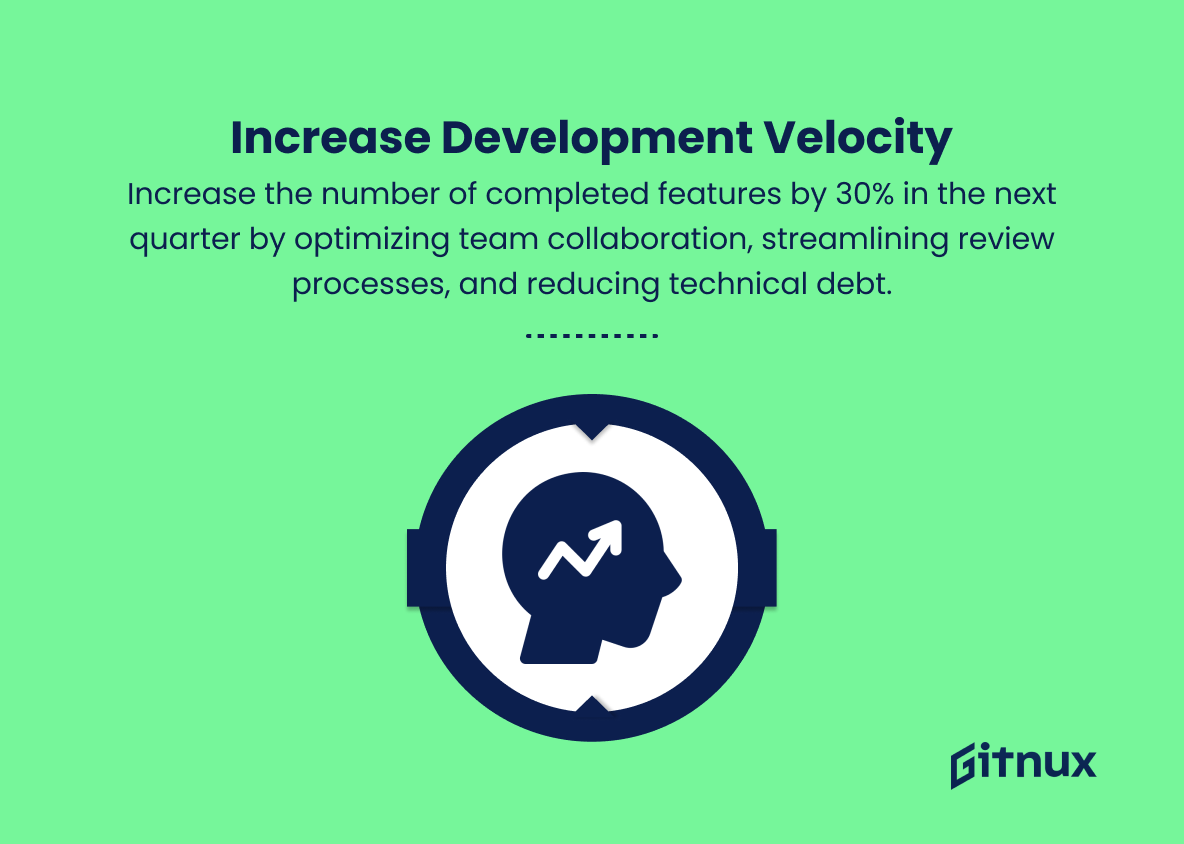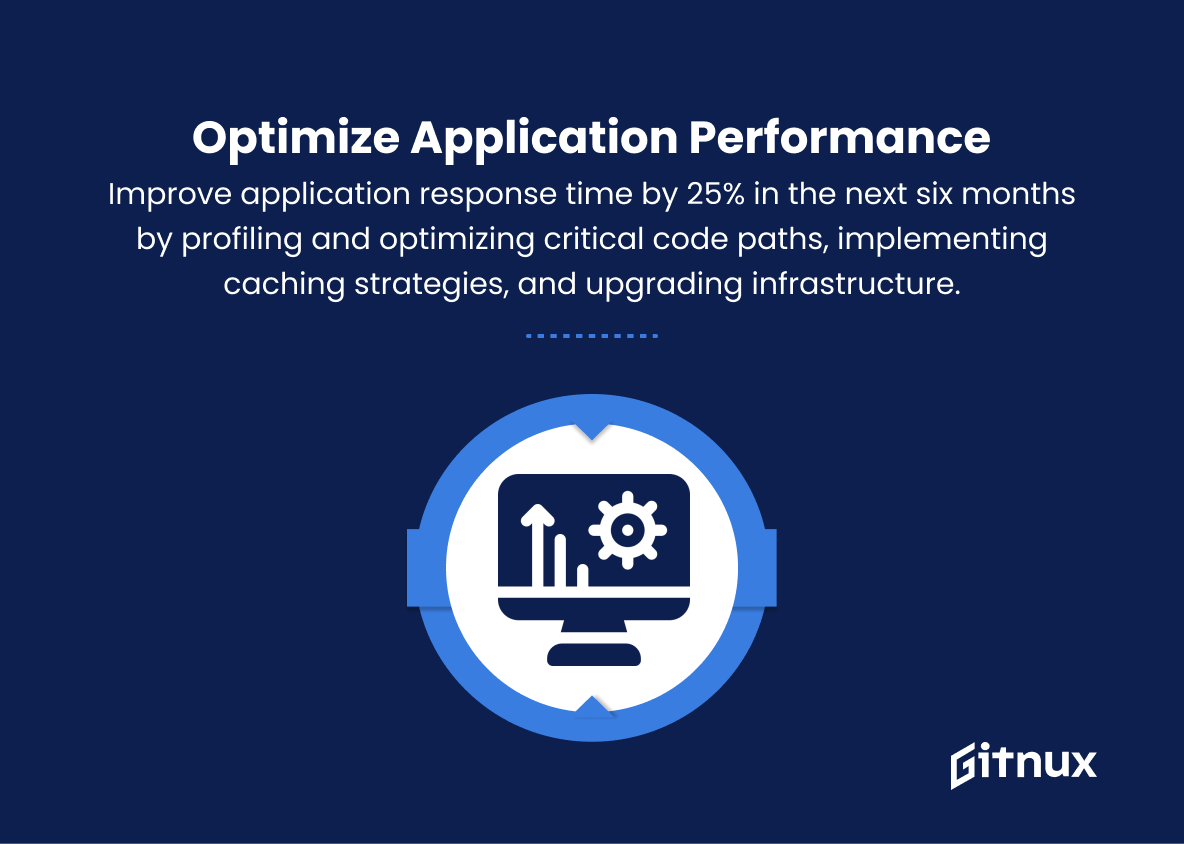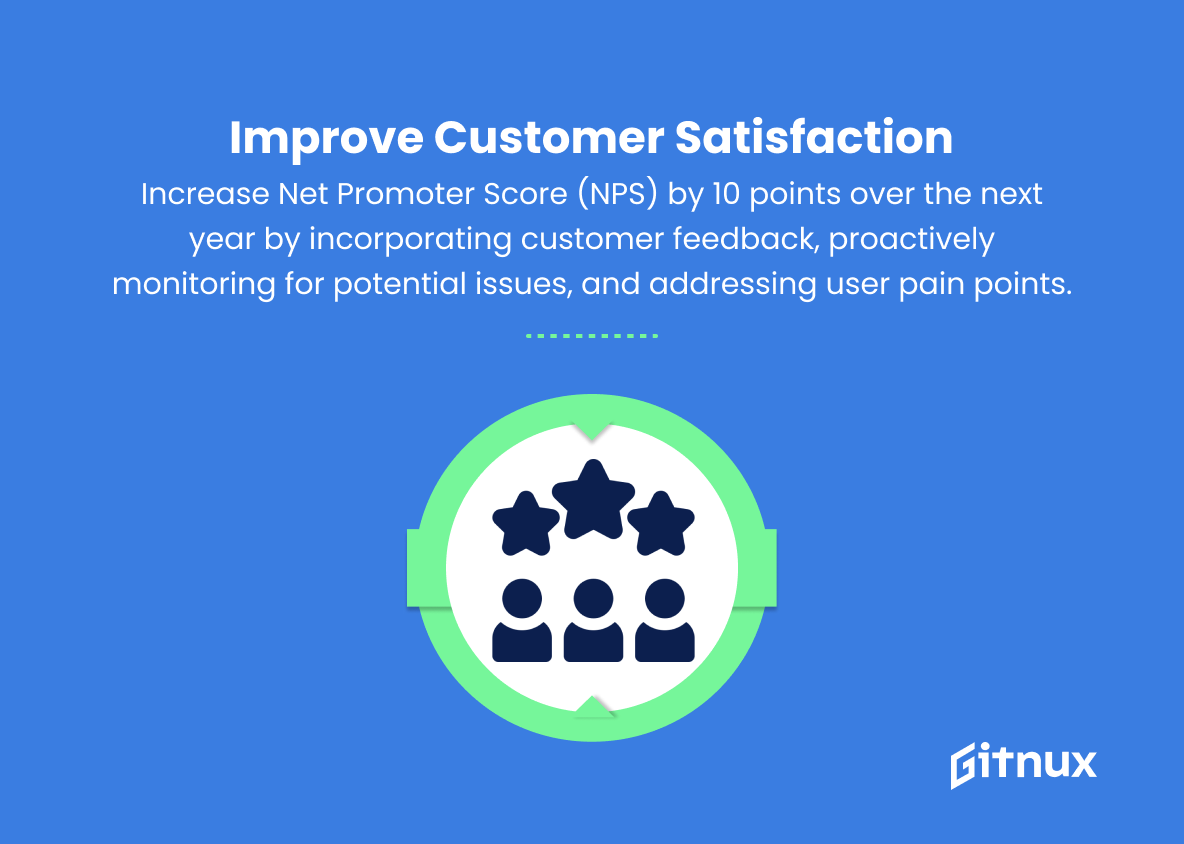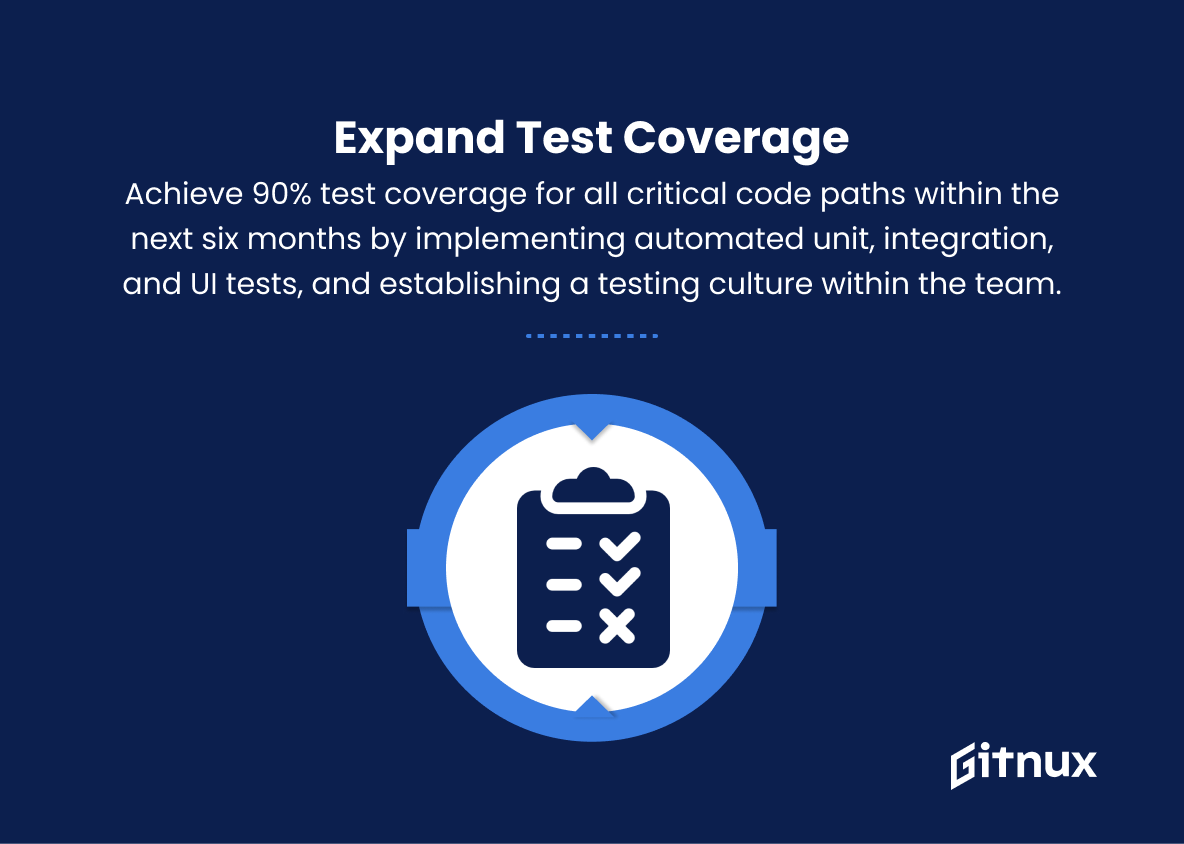In the ever-evolving world of engineering, it’s crucial for businesses to set measurable goals that drive progress, innovation, and success. One effective approach to achieve this is by implementing Engineering Objectives and Key Results (OKRs) – a strategic framework that not only bridges the gap between long-term objectives and short-term actions but also fosters transparency and collaboration across teams.
In this insightful and comprehensive blog post, we dive deep into Engineering OKRs, exploring their rationale, structure, and best practices, with the ultimate aim of helping your organization surpass expectations and reach new heights within the engineering industry. Gear up, as we set our sights on a systematic journey to a successful and sustainable engineering ecosystem.
Must-Know Engineering Okrs
1. Improve system reliability
Reduce the number of production outages by 50% over the next quarter by increasing automated testing, refining monitoring tools, and conducting thorough root-cause analyses for each incident.
2. Increase development velocity
Increase the number of completed features by 30% in the next quarter by optimizing team collaboration, streamlining review processes, and reducing technical debt.
3. Enhance software security
Decrease security vulnerabilities by 40% by the end of the year through regular security audits, employee security training, and threat modeling exercises.
4. Optimize application performance
Improve application response time by 25% in the next six months by profiling and optimizing critical code paths, implementing caching strategies, and upgrading infrastructure.
5. Reduce technical debt
Refactor 50% of legacy code within the next two quarters through a prioritized backlog of actionable items, allocating development time, and aligning team members on the importance of code quality.
6. Improve customer satisfaction
Increase Net Promoter Score (NPS) by 10 points over the next year by incorporating customer feedback, proactively monitoring for potential issues, and addressing user pain points.
7. Accelerate time to market
Shorten release cycles by 20% in the next quarter by adopting continuous delivery practices, automating manual processes, and leveraging feature flags for incremental rollouts.
8. Foster collaboration across teams
Increase cross-team initiatives by 30% in the next two quarters through regular sync meetings, shared learning opportunities, and joint projects.
9. Boost team productivity
Increase the average pull requests merged per engineer by 15% in the next quarter by addressing blockers, investing in training, and providing the necessary tools and resources.
10. Expand test coverage
Achieve 90% test coverage for all critical code paths within the next six months by implementing automated unit, integration, and UI tests, and establishing a testing culture within the team.
11. Enhance documentation quality
Improve internal engineering documentation by 50% in the next three months by conducting documentation sprints, establishing documentation guidelines, and making documentation a part of the feature definition process.
12. Drive innovation
Dedicate 10% of engineering resources towards research and development by the end of the year, promoting a culture of experimentation, fostering new ideas, and investing in cutting-edge tools and technologies.
Engineering OKRs Explained
Engineering OKRs are crucial in driving progress and ensuring the consistent growth and improvement of an organization’s technical offerings. By focusing on key objectives such as improving system reliability, increasing development velocity, enhancing software security, and optimizing application performance, organizations can deliver high-quality software services that meet customer needs and stand out in the competitive market.
Additionally, addressing technical debt, improving customer satisfaction, and accelerating time to market demonstrate a commitment to continuous improvement and adaptability. Encouraging collaboration across teams and boosting productivity furthers the team’s efficiency, leading to better overall performance. Meanwhile, expanding test coverage and enhancing documentation quality enable robust and maintainable software solutions that create a solid foundation for future growth.
Lastly, driving innovation by dedicating resources to research and development ensures that the organization remains at the forefront of technological advancements, empowering it to lead in the ever-evolving engineering landscape.
Conclusion
In conclusion, Engineering OKRs are an indispensable tool for any organization seeking to accomplish better alignment, communication, and increased efficiency in their engineering teams. These strategic objectives, when set, tracked, and reviewed consistently, can dramatically impact the overall performance and productivity of technical teams. By regularly establishing clear goals, promoting accountability, fostering a results-driven mindset, and providing room for progress evaluations, Engineering OKRs can greatly contribute to the success of an organization’s projects and the personal and professional growth of its employees.
It’s crucial that both managers and team members fully embrace Engineering OKRs and continually adapt and refine them, as they form the bedrock for a long-lasting and successful engineering culture.
